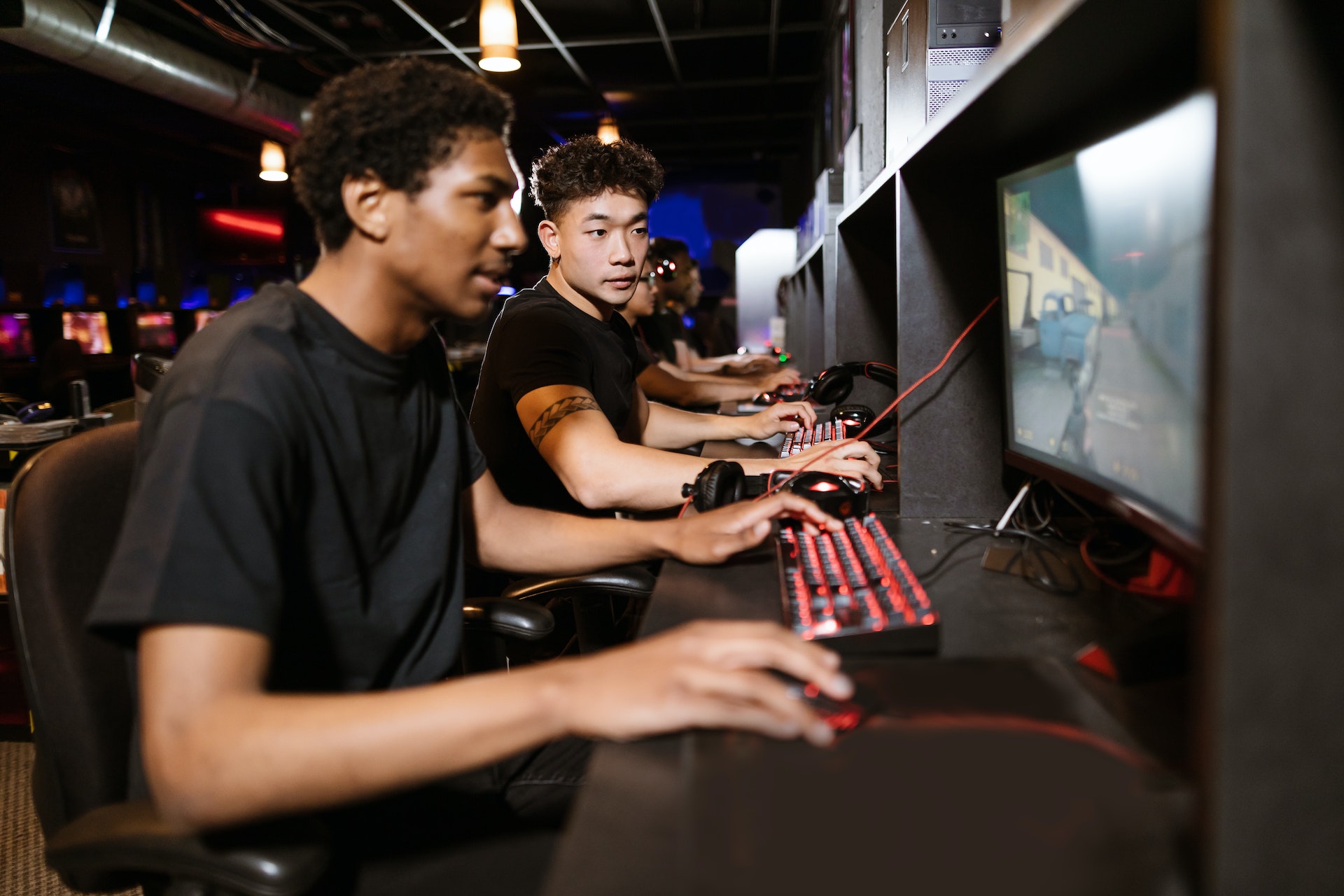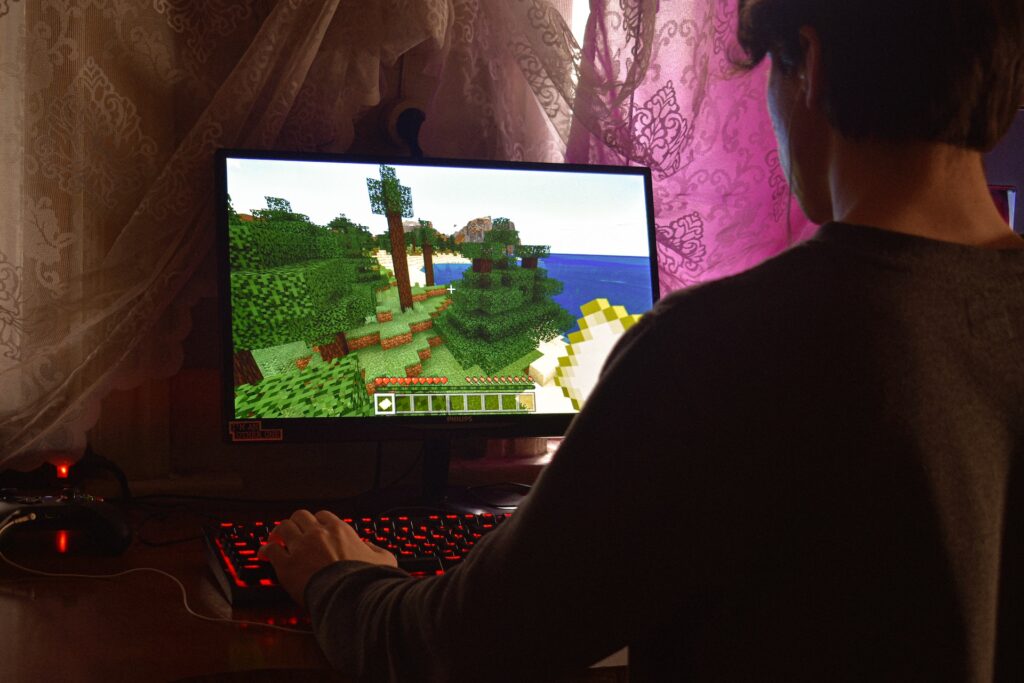
Table of Contents
ToggleIf you’re looking for the ultimate gaming experience, then setting up a gaming PC is the way to go. But if you’ve never done it before, it can seem like an overwhelming process. The good news is that with some basic guidance, you can get your gaming PC set up in no time! In this blog post, we will take you through the step-by-step process of setting up a gaming PC for the first time. We’ll cover everything from choosing the right components to connecting all the cables and installing your games. So, let’s dive in and get started!
What You Need
There are a few things you need in order to gamer setup PC for the first time. Firstly, you need a PC with enough power to run the games you want to play. Secondly, you need to make sure your graphics card is good enough to handle the game’s visuals. Thirdly, you will need a gaming monitor that can display the game’s graphics properly. Finally, you will need a comfortable chair and desk so that you can enjoy your gaming experience.
The Components
There are a few things you’ll need to consider when setting up your gaming PC for the first time. The most essential thing is the pix card. This is what will power your games and give you the best visual experience. Other important components are CPU, motherboard, RAM, and storage. You’ll also need a good power supply to ensure everything runs smoothly. Finally, you’ll need a quality monitor and gaming peripherals to complete the setup. With all of these components in mind, let’s take a look at how to set up your gaming PC for the first time.
Putting It All Together
Now that you have all the parts and pieces, it’s time to put it all together! This is where things can get a little tricky, but with our step-by-step guide, you’ll have your new gaming PC up and running in no time.
1) Start by placing the motherboard on the standoffs in the case. Make sure that all the ports are facing outwards so you can easily connect everything later on.
2) Next, install the CPU into the socket. Be careful not to touch any of the pins as they are very delicate. Apply thermal paste to the top of the CPU before screwing on the cooler.
3) Install your RAM sticks into their slots next. Again, be careful with the pins and make sure they are properly seated in the slots.
4) Now it’s time to connect your power supply. First, plug in the main 24-pin power connector to the motherboard. Then, connect any additional PCIe power connectors to your graphics card (if applicable). Once everything is plugged in, you can go ahead and turn on your PSU switch (usually located on the back of the case).
5) It’s now time to install your storage drives. If you have an SSD, we recommend installing it now as it will make Windows installation a breeze later on. Simply screw it into one of the empty drive bays and connect its data cable (SATA or M.2) to the appropriate port on your motherboard.
6) Now it’s time to install your graphics card. Align the card with its PCI-E port and firmly press it into place. Make sure to screw it in properly so that it doesn’t come loose over time. Connect the power cables from your PSU to the graphics card as well.
7) Finally, connect all of your external peripherals such as monitor, mouse, keyboard, etc. Once everything is plugged in and you have double-checked that all components are securely connected, you’re ready to start up your new gaming PC!

Testing It Out
When you first set up your gaming PC, it’s important to test it out to ensure everything is working properly. Here’s how to do it:
1. Connect all of your peripherals and make sure they’re working properly. This includes your monitor, keyboard, mouse, and any other devices you’re using.
2. Install and launch your preferred game. Make sure the graphics are set the way you want them and that the game is running smoothly.
3. Adjust any settings that need to be adjusted, such as audio levels or controller sensitivity.
4. Once you’re satisfied with everything, start playing and enjoy!
How is VR Used in the Gaming Industry?
Virtual reality is becoming increasingly popular in the gaming industry. Games such as Minecraft, Job Simulator, and even Google Earth are now playable in VR. There are a number of different ways to set up a gaming PC for VR, but we’ll be focusing on the two most popular methods: using an Oculus Rift or HTC Vive.
If you want to use an Oculus Rift, you’ll need to purchase the Oculus Rift headset, which comes with its own controllers and sensors. You’ll also need a PC that meets the minimum requirements for the Oculus Rift, which includes having a graphics card from NVIDIA or AMD and a CPU from Intel or AMD.
If you want to use an HTC Vive, you’ll need to purchase the HTC Vive headset, which also comes with its own controllers and sensors. You’ll also need a PC that meets the minimum requirements for the HTC Vive, which includes having a graphics card from NVIDIA or AMD and a CPU from Intel or AMD.
Once you have all of the necessary hardware, you’ll need to download and install the SteamVR software on your PC. This software allows you to play any game in VR. Once SteamVR is installed, you can launch any game that supports VR and start playing!
What is the Game of Pods?
Gaming pods are a game that can be played with two or more players. The aim of the game is to score points by shooting plastic balls (pods) into a net. The recreation may be performed interior or exterior and is appropriate for all ages.
Also, read About: Everything You Need To Know About Gaming Pod
Conclusion
Setting up a gaming PC for the first time can be daunting. However, it doesn’t have to be difficult if you break down each step into manageable pieces and research what is best for your needs. By following our tips on hardware selection, installation process, and system configuration, you should now be armed with everything you need to get started on building your own gaming rig. With all of these steps completed, the only thing left is to turn it on and enjoy your new gaming setup!
